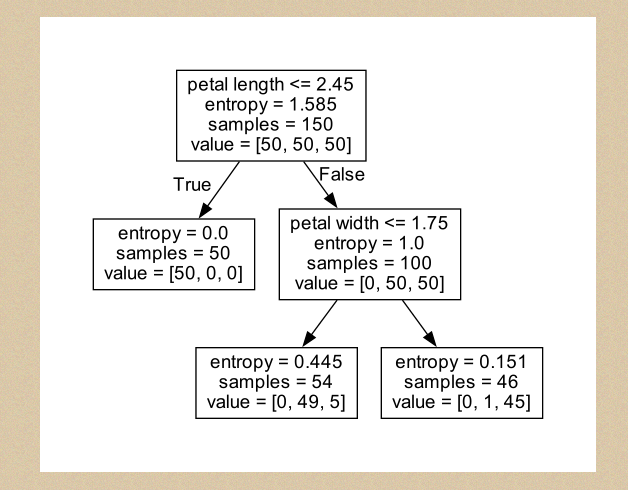windows11安装Graphviz
一 下载地址
https://graphviz.org/download/
我选择的是64位的7.0.4版本。
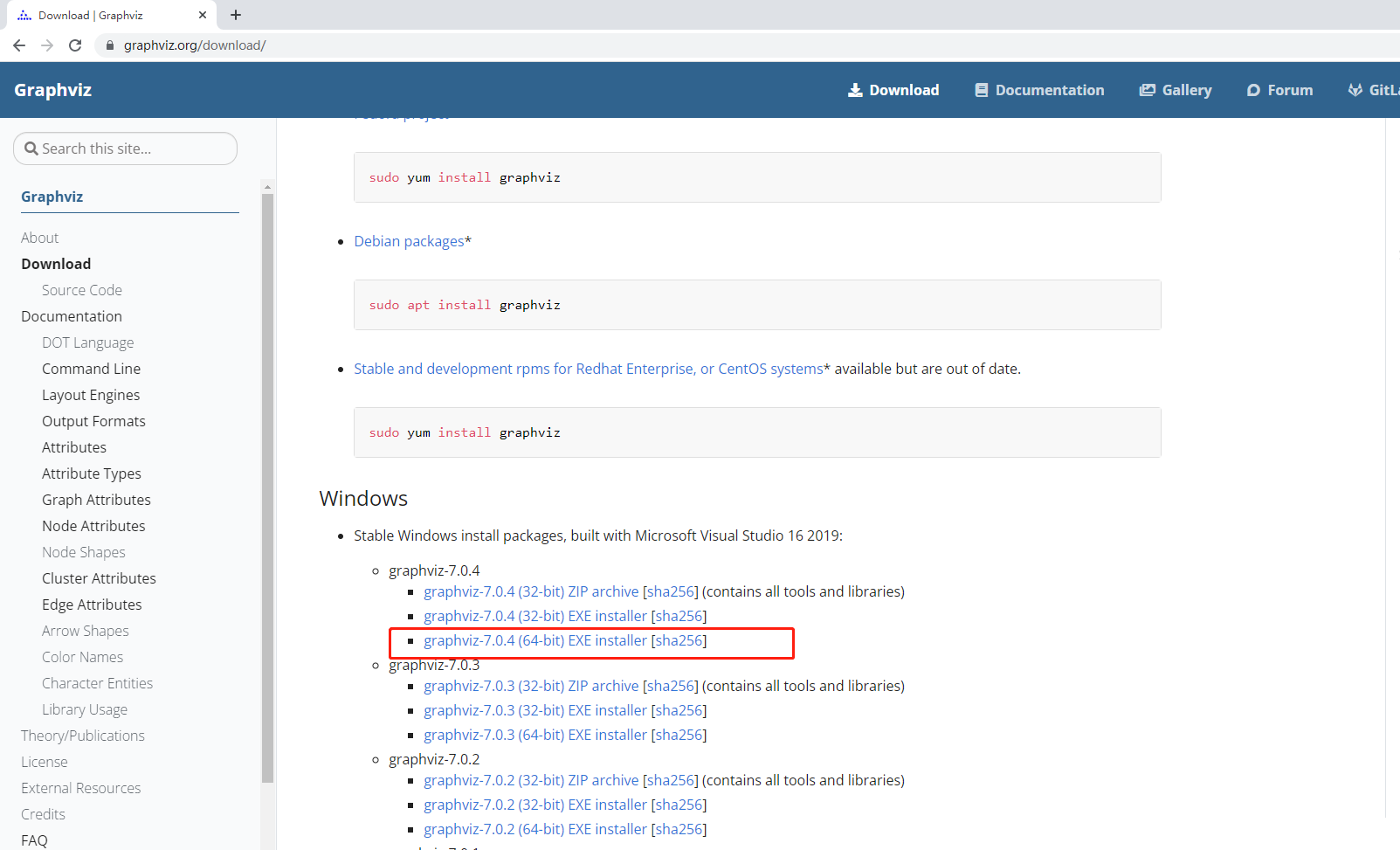
二、安装步骤
2.1 正常安装
就是一直按下一步就行。
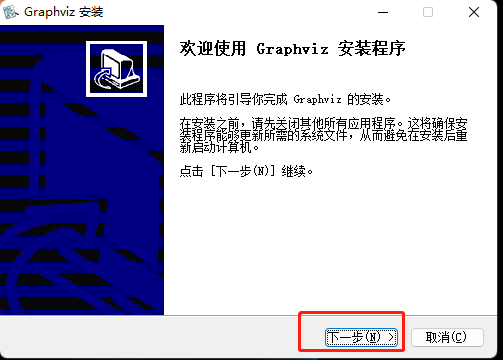
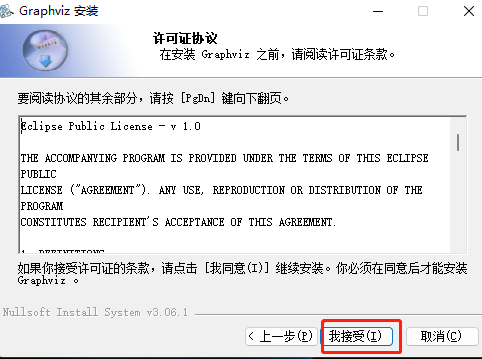
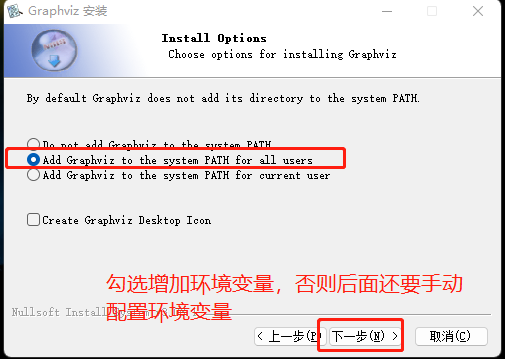

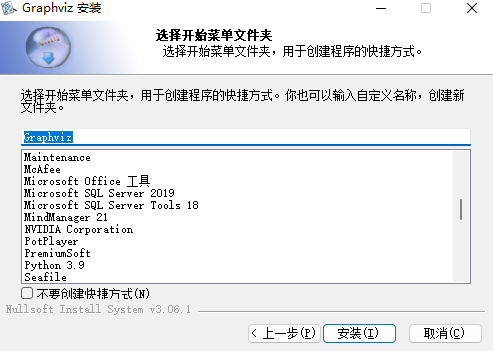

2.2 配置环境变量
如果没有配置环境变量,可按照下图配置环境变量
注意路径,找到安装路径的bin所有绝对路径,复制过去就行了

2.3 检查是否配置成功
win+R 调出运行对话框,
输入dot -version 查看是否安装成功
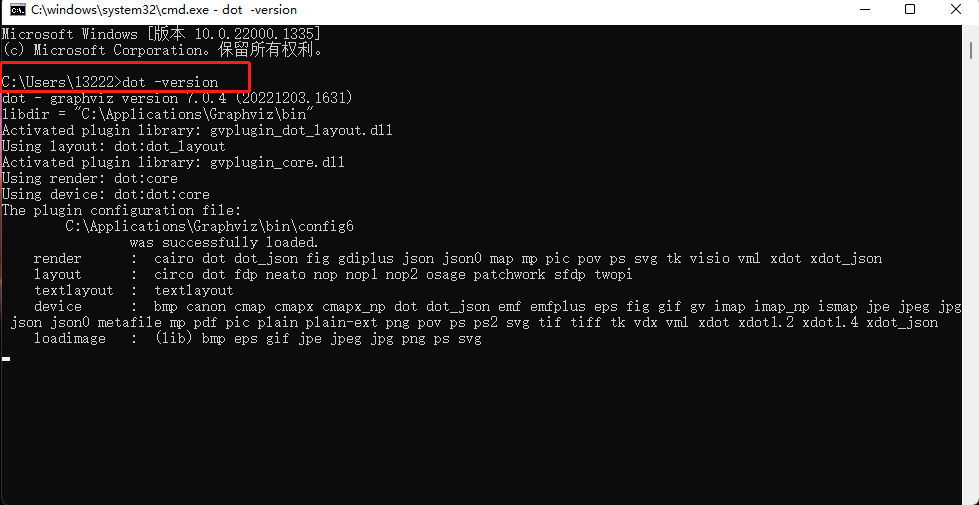
2.4 安装graphviz包
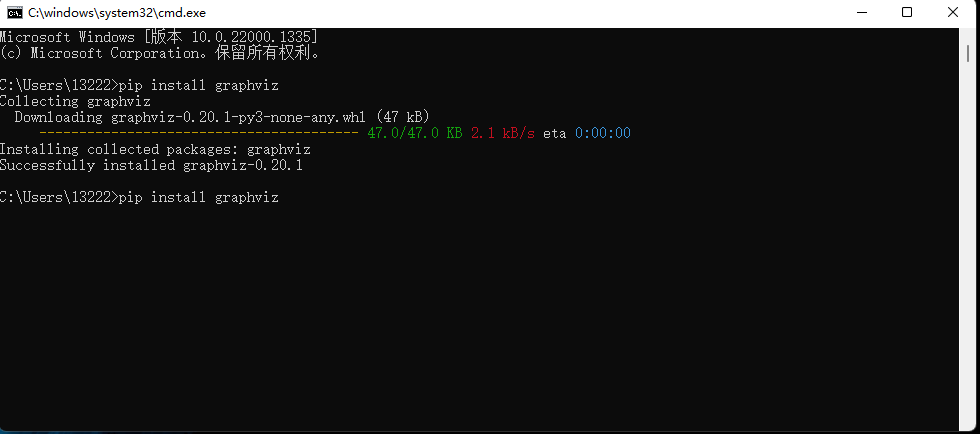
三、展示
import graphviz import numpy as np import pandas as pd import matplotlib.pyplot as plt from sklearn.model_selection import train_test_split from sklearn.model_selection import GridSearchCV from matplotlib.colors import ListedColormap from sklearn import datasets from scipy.stats import pearsonr from sklearn.tree import DecisionTreeClassifier, export_graphviz # 获取数据集 iris = datasets.load_iris() # (150, 4) (150,) # print(iris['data'].shape, iris['target'].shape) df = pd.DataFrame(data=iris.data, columns=iris.feature_names) # print(iris) print(df) # 使用皮尔逊系数确认哪些列与标签强相关 dict_pear = {} for column in df.columns: dict_pear[column] = np.round(pearsonr(df[column], iris['target'])[0], 4) print(dict_pear) # {'sepal length (cm)': 0.7826, 'sepal width (cm)': -0.4267, 'petal length (cm)': 0.949, 'petal width (cm)': 0.9565} # 可以发现,petal length (cm)': 0.949, 'petal width (cm)': 0.9565 相关度较高,也为了可视化方便,选取后面两个 X = np.array(df.iloc[:, 2:]) # y是目标值 0,1,2 y = iris['target'] X_train, X_test, y_train, y_test = train_test_split(X, y, test_size=0.25, random_state=2 ) dt_clf = DecisionTreeClassifier() # 决策树,max_depth 最高的深度,先设置2后面在调整,criterion:默认基尼系数, 建议采用交叉熵 gc = GridSearchCV(estimator=dt_clf, param_grid={'max_depth':[1, 2, 3, 4], 'criterion':['entropy'], 'random_state':[2]},cv=2) gc.fit(X_train, y_train) # 交叉验证与网格搜索相关结果如下: print("最优模型参数", gc.best_estimator_) # DecisionTreeClassifier(criterion='entropy', max_depth=2, random_state=2) # 可视化 plt.scatter(X[y == 0, 0], X[y == 0, 1]) # 采用目标值来筛选样本,吧样本的第0个和第1个特征值分别设置为散点图的x与y轴 plt.scatter(X[y == 1, 0], X[y == 1, 1]) plt.scatter(X[y == 2, 0], X[y == 2, 1]) plt.show() # 采用等高线刻画出分类图,此部分与二叉树原理无关,感兴趣同事可以参考:np.meshgrid np.c_ plt.contourf API def plot_decistion_boundary(model, axis): x0, x1 = np.meshgrid( np.linspace(axis[0], axis[1], int((axis[1] - axis[0])) * 100).reshape(-1, 1), np.linspace(axis[2], axis[3], int((axis[3] - axis[2])) * 100).reshape(-1, 1) ) X_new = np.c_[x0.ravel(), x1.ravel()] y_predict = model.predict(X_new) zz = y_predict.reshape(x0.shape) custom_cmap = ListedColormap(['#EF9A9A', '#FFF59D', '#90CAF9']) plt.contourf(x0, x1, zz, cmap=custom_cmap) # 将最优解带入到决策树中,不再设训练集与测试集 clf = DecisionTreeClassifier(criterion='entropy',random_state=2, max_depth=2) clf.fit(X, y) export_graphviz(decision_tree=clf,out_file="../data/iris.dot", feature_names=['petal length', 'petal width']) # 设置等高线的边界 plot_decistion_boundary(clf, axis=[0.5, 7.5, 0, 3]) plt.scatter(X[y == 0, 0], X[y == 0, 1]) plt.scatter(X[y == 1, 0], X[y == 1, 1]) plt.scatter(X[y == 2, 0], X[y == 2,1]) plt.show() with open("../data/iris.dot") as f: dot_graph = f.read() dot = graphviz.Source(dot_graph) dot.view()
